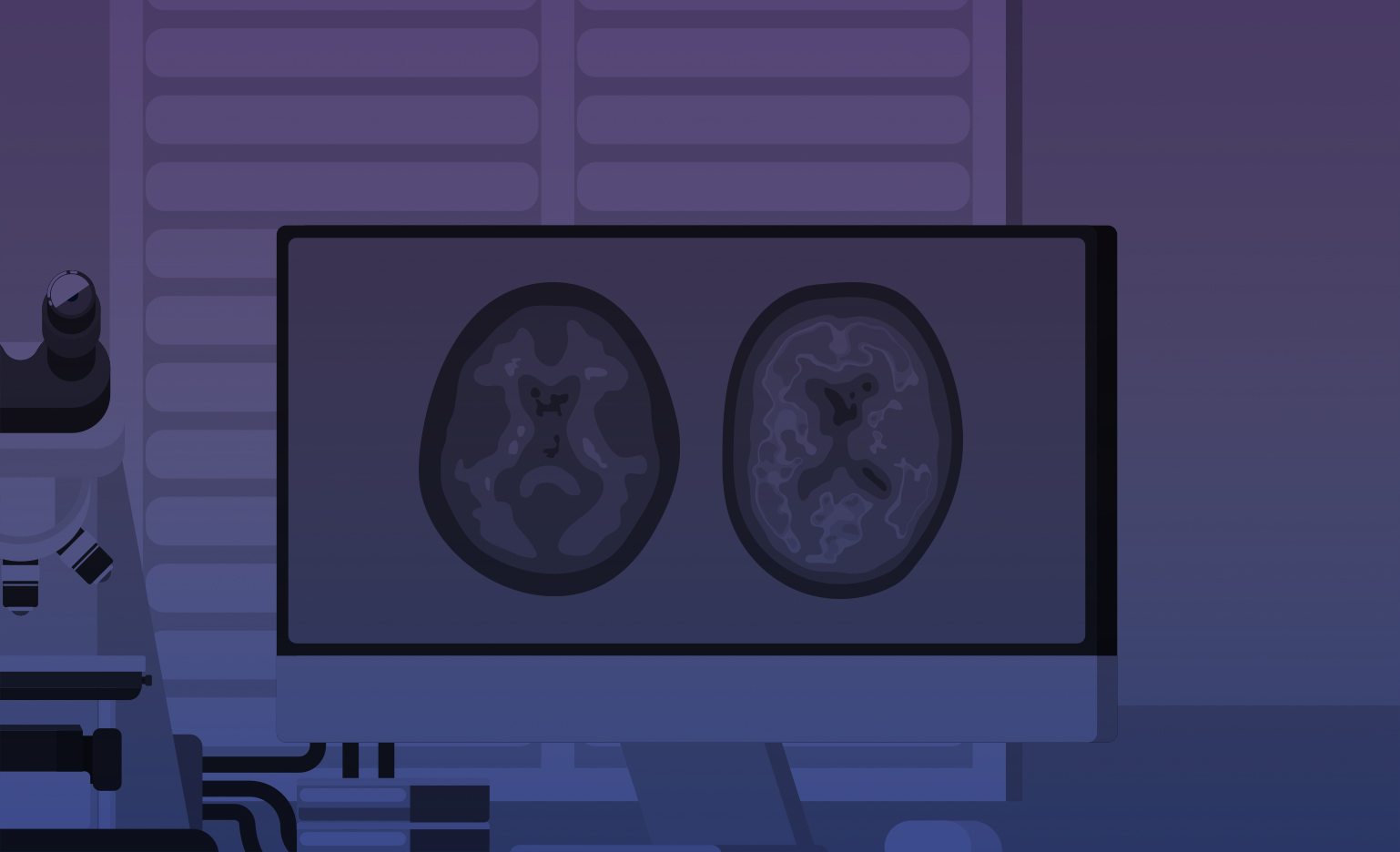RIO Pharmaceuticals, Inc.
RIO Pharmaceuticals, Inc.
Human PET Imaging Evaluations of the Astroglial L-Glutamate EAAT2 Tracer for Alzheimer’s Disease and Related Dementias
This project will translate into the clinic, with first-in-human trials, a new positron emission tomography (PET) imaging tracer targeted to the excitatory amino acid transporter 2 (EAAT2) protein that is located on astrocyte cells in the central nervous system (CNS). Changes to the EAAT2 protein and CNS astrocyte cells occur in response to detrimental excitotoxic and inflammatory mechanisms associated with neurodegenerative processes, including Alzheimer’s disease (AD). The novel EAAT2 PET imaging tracer will serve to biomark critical CNS tissue regional changes, including some that are thought to occur during the prodromal stage of AD.
Ultimately, this novel clinical PET imaging biomarker technology for live brain has the potential value in aiding early diagnoses in concert with other clinical determinations and to follow emergent new AD therapies when given in prodromal or early stage of AD.
A team of experts will perform the project, in which members are from a small biotechnology company and academic clinics. The research endeavor will be advanced with five progressive specific aims that are milestone driven, occurring over a twenty month timeframe.
During the first phase of project a requisite FDA IND approval will be obtained. Thereafter, during the second project phase an initial trial of the PET imaging tracer in healthy participants will be performed to establish tracer safety and brain profiling. Subsequently, a small cohort of AD patients will be imaged.
The PET tracer performance differences and similarities for biomarking EAAT2 target and astrocyte cells in live brains of healthy participants relative to recently diagnosed AD patients will be made, in order to establish a proof-of-concept (POC) for the new PET imaging technology. Given POC success, future investigations are planned for that will comprehensively and rigorously assess the AD clinical utility of the EAAT2 PET imaging technology.

